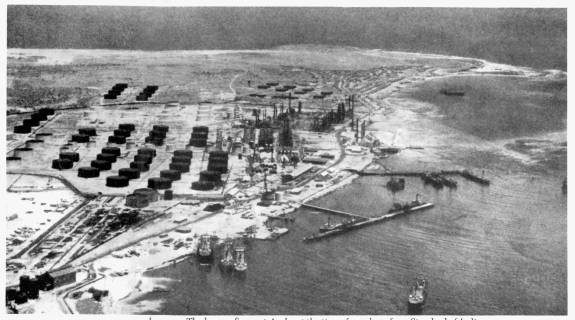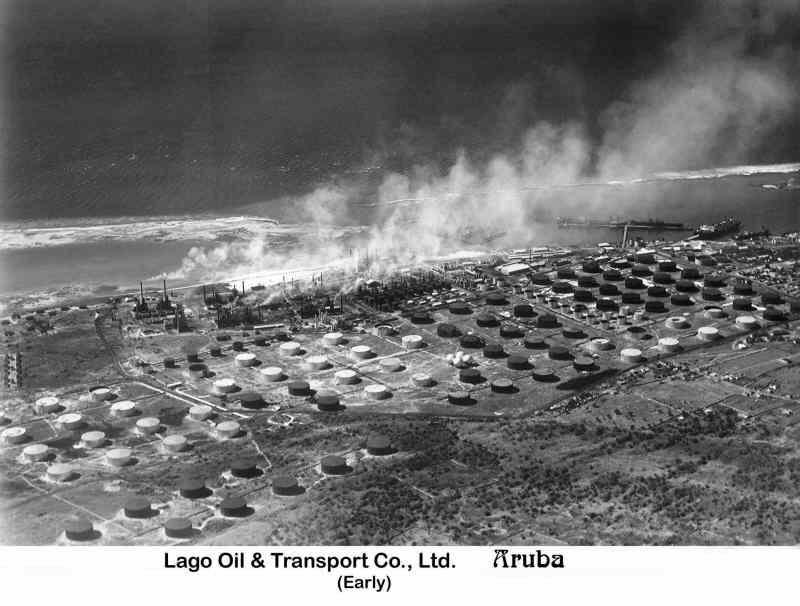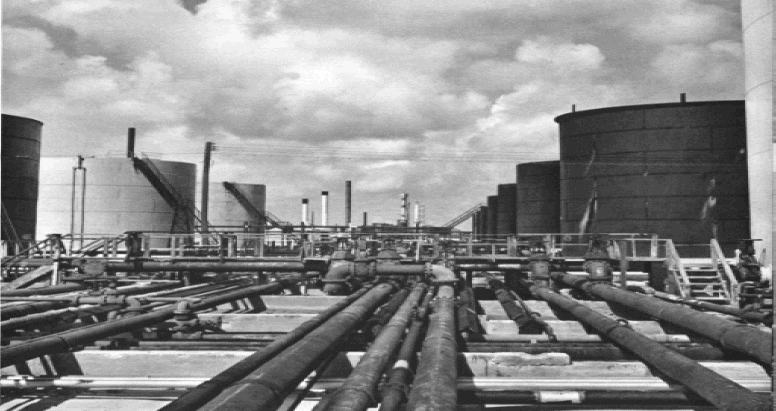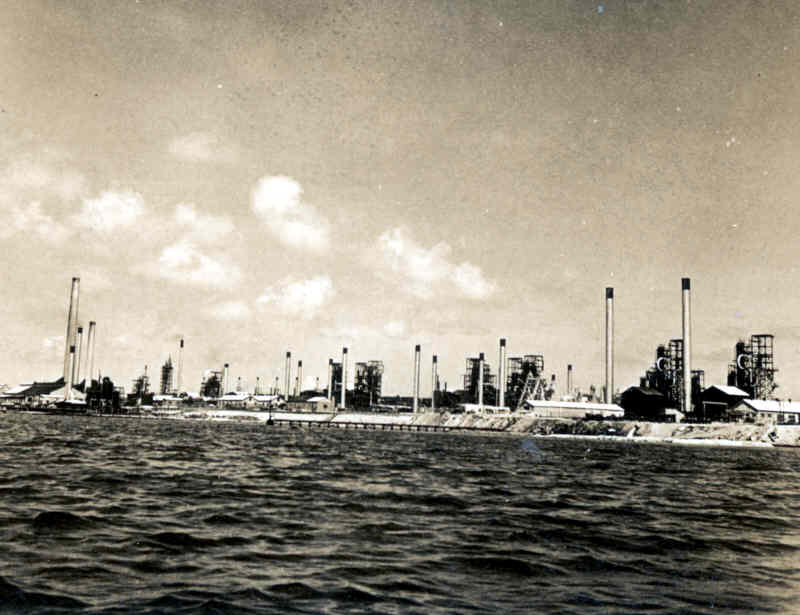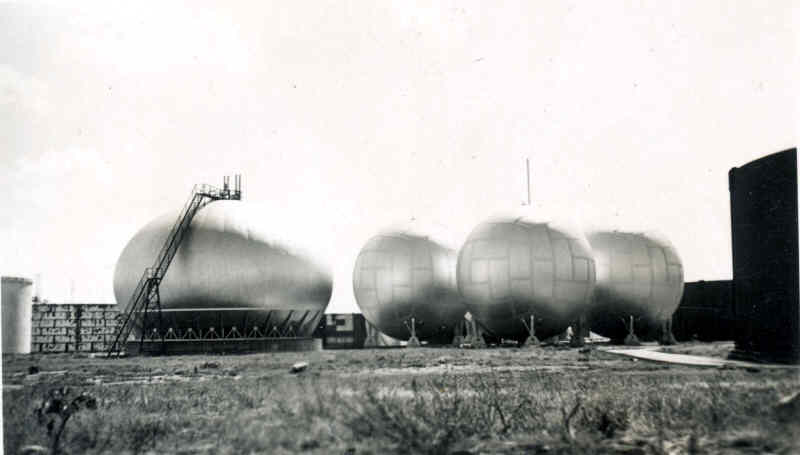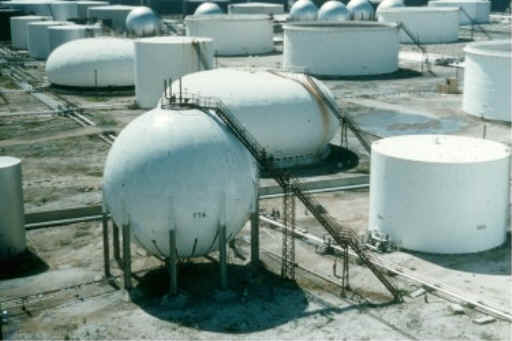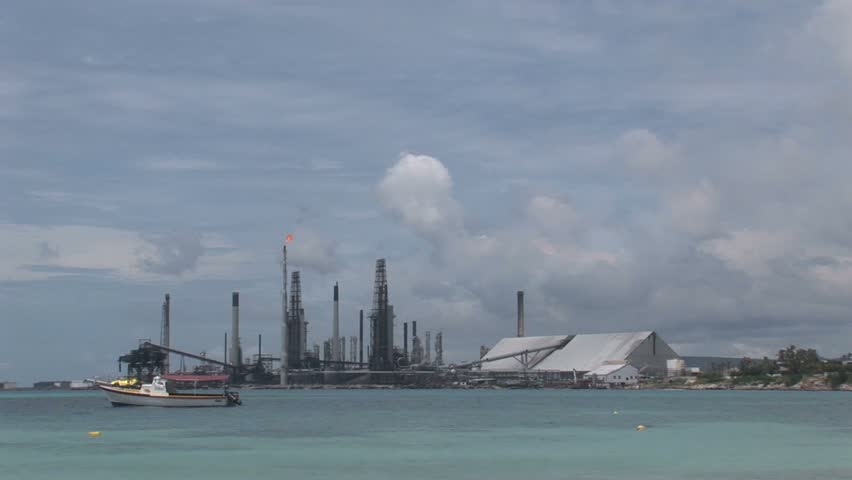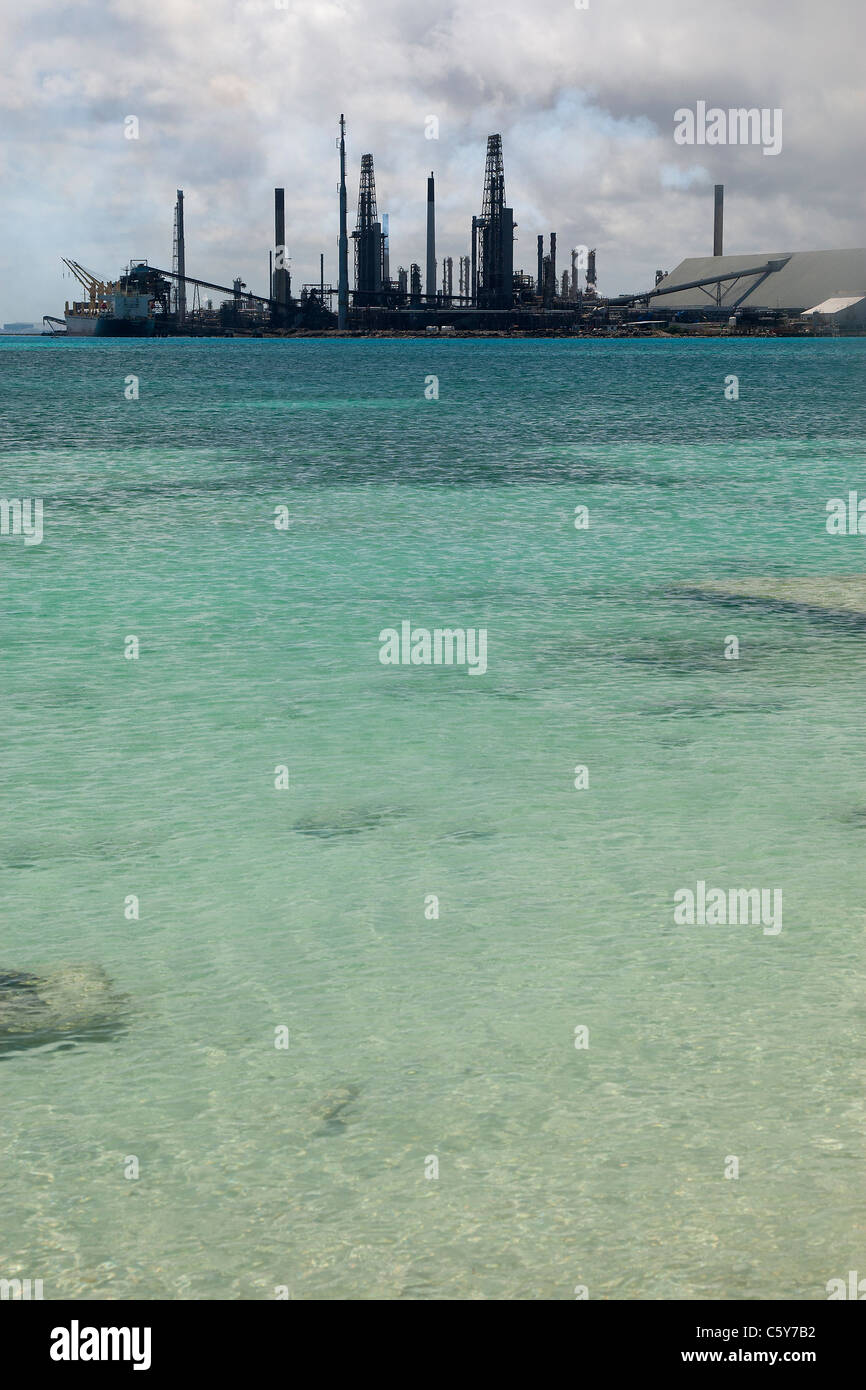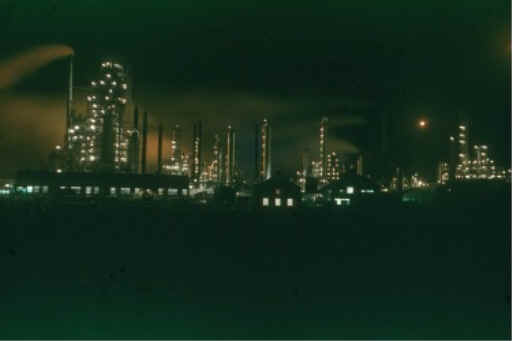Deleted member 1487
In another discussion the topic of the Aruban oil refinery came up and in looking into it it seems there was an attempted bombardment of the refinery, the biggest Avgas refinery in the world at the time. Apparently the Germans submarine trying to hit it forgot to remove the barrel plug and the 105mm artillery gun blew up, killing 1 and severely wounding another crew member and pretty much ending any chance of a successful attack. What if the gunners had been more mindful and didn't make the mistake with the gun plug, successfully bombarding the refinery and setting it ablaze? What impact would it have had on the war and how long would the damage take to repair?
https://en.wikipedia.org/wiki/Attack_on_Aruba
http://www.historiadiaruba.aw/index.php?Itemid=26&id=12&option=com_content&task=view&lang=en
http://www.bevrijdingintercultureel.nl/bi/eng/antillen.html
https://en.wikipedia.org/wiki/Lago_Oil_and_Transport_Company
https://en.wikipedia.org/wiki/Attack_on_Aruba
The Dutch island of Aruba had two major oil installations. The production of aviation fuel had been expanded to supply British requirements prior to the American entry into the war. It was the largest such refinery in the world and a strategic target.
Commander Hartenstein then steamed further around Aruba and directed his men to take to the deck guns and prepare for a naval bombardment of the large oil tank in view. The crew of the 105 mm (4.1 in) gun forgot to remove the water cap from the barrel, so when Hartenstein ordered them to fire, the gun blew up in the faces of the two gunners. Gunnery Officer Dietrich von dem Borne was wounded badly, one foot having been severed. His comrade and trigger man Heinrich Büssinger was badly wounded as well and died several hours after the attack. Hartenstein ordered the 37 mm (1.46 in) flak gun to continue the attack. Sixteen rounds from the 37mm AA gun were fired, but only two hits were found by the Allies: a dent in an oil storage tank and a hole in a house. In disgust Hartenstein ordered a cease-fire, and set his course toward the other end of the island.
http://www.historiadiaruba.aw/index.php?Itemid=26&id=12&option=com_content&task=view&lang=en
This fatal error spared Lago almost total destruction, because after the loss of this cannon, the U-boat only had a much lighter gun on board. That was used to shoot at the refinery and at the surrounding buildings but the damage was only minor. So Aruba escaped that night and not only because the bombardment of Lago failed: there also was a ship, loaded with 3000 tons of TNT (dynamite), in the harbor. The Henry Gibbons just had not yet set sail when the torpedo attack started. The crew still wanted to have a cup of coffee before taking to see……. . If it had been a direct hit, the devastation on Aruba would have been unimaginable.
http://www.bevrijdingintercultureel.nl/bi/eng/antillen.html
As early as 1939 the refineries on the two islands supplied 43% of the British and French oil requirements, and about 80% of those of the British Royal Air Force (kerosene). The American invasion in Northern Africa (1942-1943) was fuelled for 100%, and the battle in the Pacific (1944-1945) for 75%, by oil from the Antillles.
https://en.wikipedia.org/wiki/Lago_Oil_and_Transport_Company
Then in 1938 Standard Oil of New Jersey obtained a contract to supply Britain with 100 octane Aviation Gasoline. However, because of the isolationism that was prevalent in the United States, the contract states that the Aviation gasoline had to be produced outside the United States. Thus the Lago refinery becomes an important asset by providing the place outside the United States where the Aviation gasoline would be produced. The size of the Lago refinery expanded to produce Aviation gasoline for the British Government long before the United States entered World War II.
Wartime
With the United States entry into World War II in 1942 the demand for Aviation gasoline further increased and considerable expansion was done at the Lago Refinery soon after the United States entered the war. With this expansion, Lago became one of the largest refineries in the world, only bested by Royal Dutch Shell refinery on Dutch-owned Curaçao, and a major producer of petroleum products for the Allied war efforts.
The importance of the Lago refinery was well known to the German High Command and on February 16, 1942 the Lago refinery was attacked by the German Submarine U-156. The submarine's deck gun exploded due to mistakes by the German deck gunner, and the refinery was not damaged. However, three of the lake tankers that carried the crude oil from Lake Maracaibo were torpedoed.
Postwar
When demand for gasoline was high after World War II the Lago Refinery was running at full capacity and employed over 10,000 personnel.
